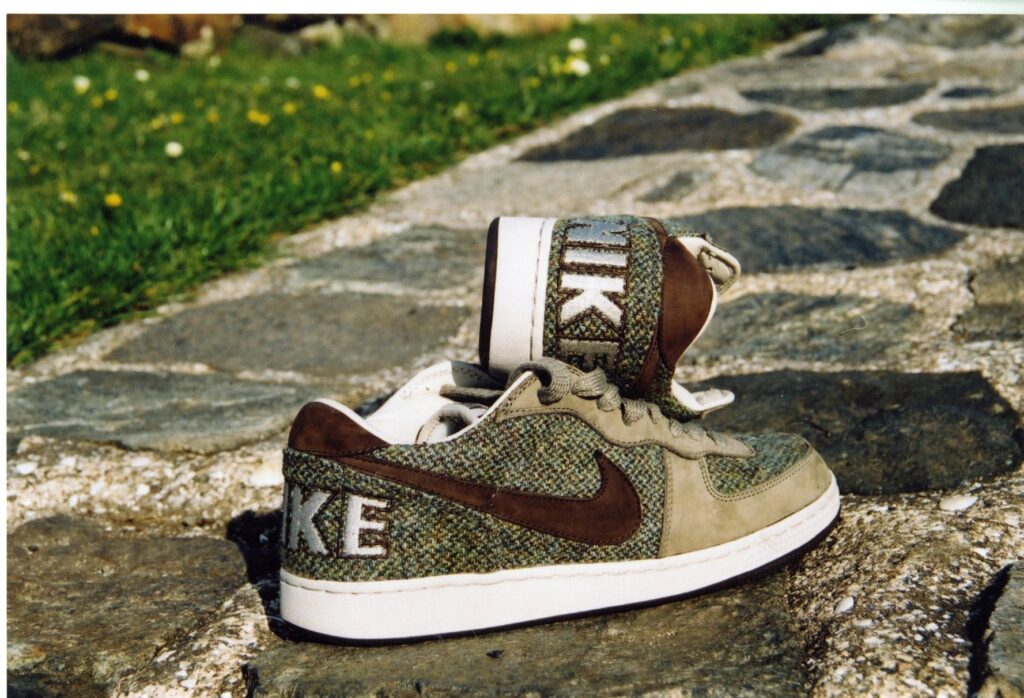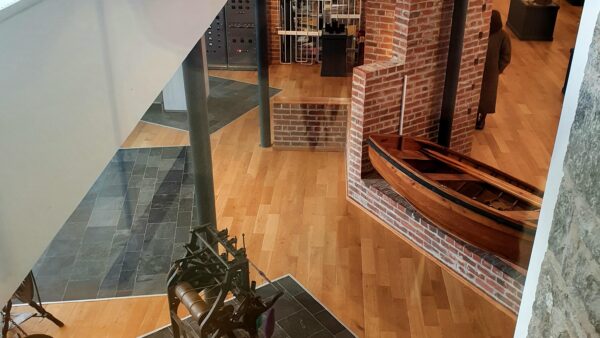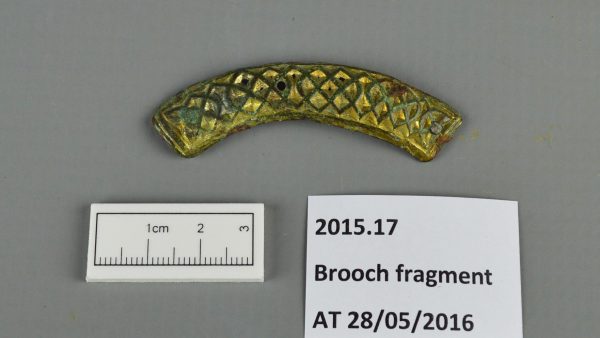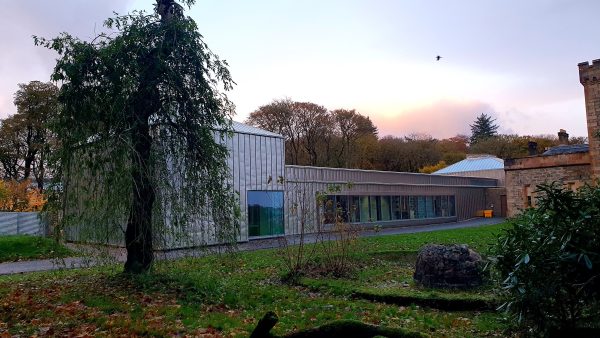
Harris Tweed Collection
The islands are famous for the manufacture of Harris Tweed. The earliest evidence for the weaving of wool into cloth goes back to the Iron Age, over 2000 years ago and it was almost certainly carried on long before this.
Since that time, making woollen cloth was an important domestic craft. It was carried on in the house, using the wool from the family’s sheep, for clothing and blankets. There is later evidence that cloth was used to pay the rent on the family land and exported by landlords and merchants to mainland Scotland.
Around the mid 19th century, Lady Dunmore, wife of the proprietor of Harris, began to market the local cloth on the mainland – hence its name, Harris Tweed. This was the beginnings of the industry which was soon taken up in Lewis, too. Other employment opportunities on the islands were few at this time and since the industry was based on the home, it could be fitted in around the demands of the croft.
The manufacture of tweed continued to be carried out by the traditional hand methods. These were slow and limited the output of the finished tweed. At the beginning of last century the first mechanisation was introduced and soon all but the weaving of the cloth was carried out by machinery in mills.
As you would expect, Museum nan Eilean has a substantial Harris Tweed collection including tweed cloth samples, trade stamps, labels and fashion items. The museum also manages the Angus Macleod Calbost Collection on behalf of the Calbost Trust which is strong on Harris Tweed.
For an overview of the Harris Tweed story and further information about its representation in both the museum and archive collections, see our Discover article.
Learn more about the rest of our textile collection here.
Below are samples from our Harris Tweed collection.
Click on the images below to scroll through our image gallery:










